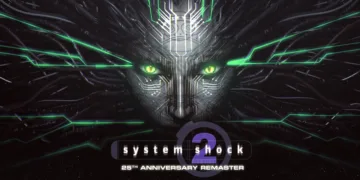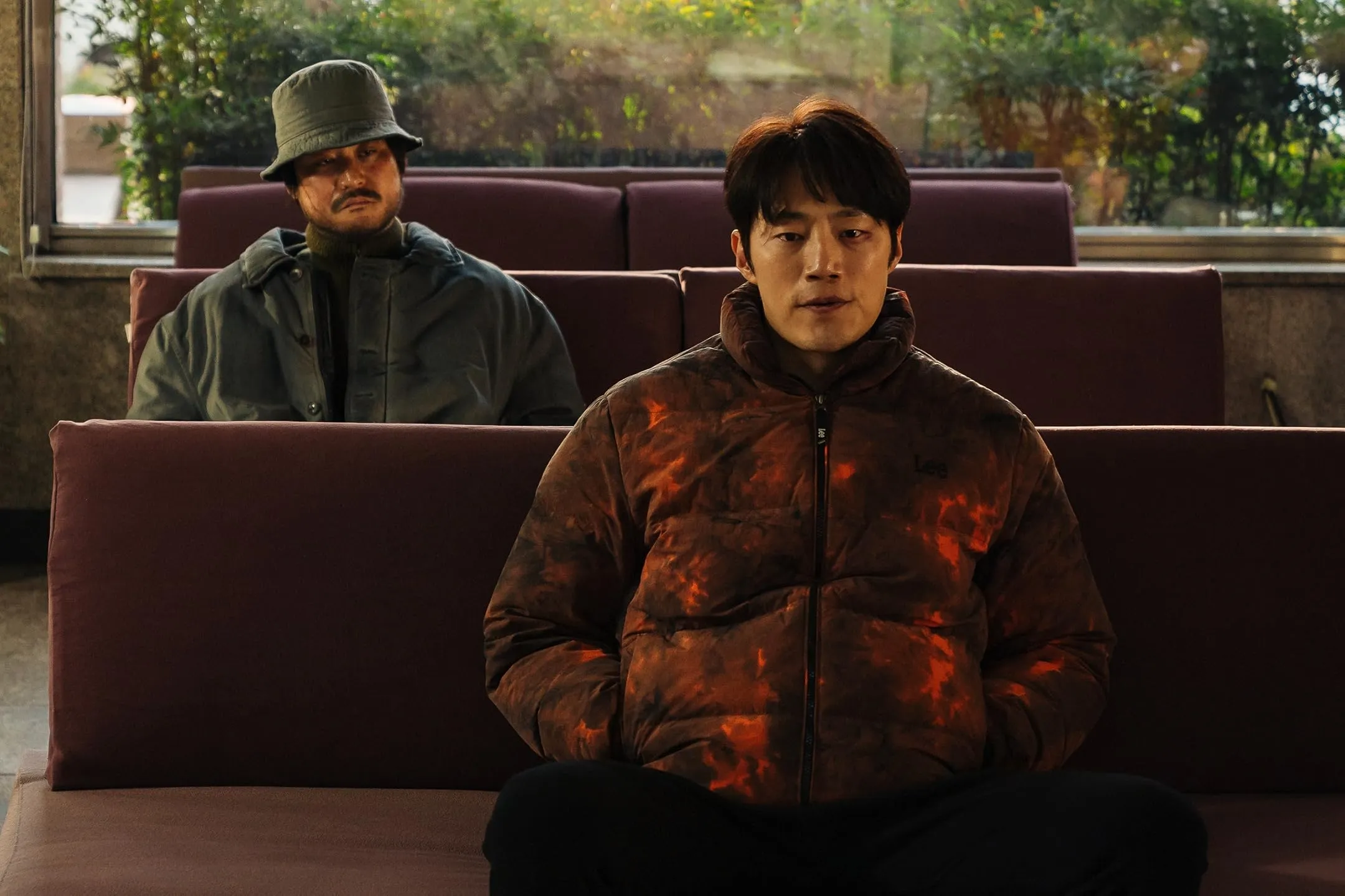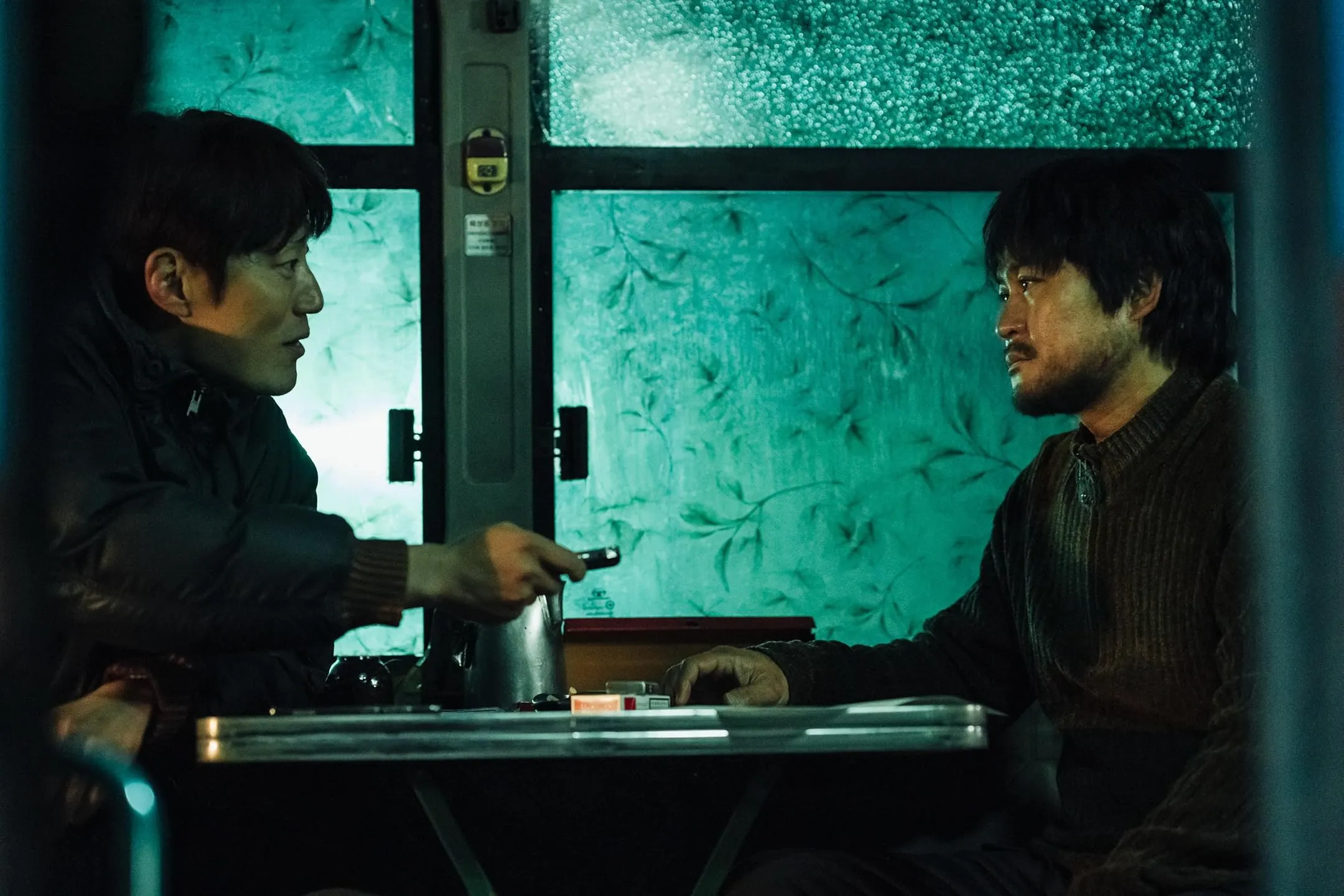Karma Season 1 emerges as a Korean thriller reimagined from a well-known webtoon, offering viewers a blend of gritty storytelling and philosophical musings. Under the careful hand of director Lee Il-hyung, the series presents a cast of memorable actors whose performances add unexpected textures to the narrative (one might compare their subtle nuances to brushstrokes on a sprawling urban canvas).
The plot centers on the intertwining of several lives through a murder-for-money scheme, setting off a cascade of events that bind each character in a tight, morally charged knot.
The narrative employs a multi-timeline structure that shifts between a present marred by irreversible consequences and earlier moments that reveal the seeds of ambition, desperation, and regret. This method allows the viewer to witness how actions, often rooted in the lust for quick gain, ripple outward with severe repercussions.
The themes of fate and the inescapable weight of human greed resonate strongly, prompting comparisons to historical moments where individual misjudgments sparked larger societal ripples (consider, for instance, minor decisions in pivotal wars or financial crises).
Set against the rising global interest in Korean dramas, Karma positions itself as a mirror to modern societal pressures and the moral dilemmas of our time, inviting its audience to reflect on the price of unchecked ambition.
Interlocking Chronologies: Plot and Narrative Structure
At the center of Karma Season 1 lies a story of desperation and miscalculation—a debtor, driven by an obsession with escaping crippling debt, schemes to secure a hefty insurance payout by orchestrating his father’s demise.
This decision triggers a cascade of events that ensnares six distinct individuals, each unwittingly bound by the fatalistic echoes of that singular act (a narrative domino effect, if you will).
The series operates through multiple chronologies. One timeline unfolds in the immediate aftermath, where the fallout of each action is laid bare, while another, set 15 days earlier, meticulously outlines the build-up to the catastrophic decision.
There is even a retrograde sequence that offers glimpses into the characters’ pasts, anchoring their present misfortunes to long-buried histories. This temporal interplay creates what might be termed a ‘chrono-fracture’—moments when the past and present unexpectedly converge, thereby challenging the viewer’s perception of causality.
Notably, the plot does not follow a straight line; episodes that initially seem isolated gradually interlock, producing a narrative mosaic where individual threads converge in unpredictable ways. Key turning points occur when separate character arcs intersect, shifting the trajectory of the story with the suddenness of a misfired bullet.
The employment of nonlinear storytelling, peppered with sudden twists and revelations, forces the audience to reassess every minor detail (sometimes even a fleeting glance or offhand remark feels loaded with consequence).
There are instances when the intricate layering of events creates a momentary haze of complexity. In these instances, the interwoven timelines risk overshadowing the core motivation of each character.
Nonetheless, this method of storytelling—combining meticulous plotting with audacious narrative leaps—opens a window onto the inherent unpredictability of human actions, mirroring historical episodes where single errors have rippled through entire communities.
Faces of Fate: A Study in Character Dynamics
Karma Season 1 introduces a sextet of characters whose lives collide in a series of moral missteps and fateful decisions. The central figure—the Debtor, portrayed by Lee Hee-jun—finds himself ensnared by financial desperation.
His reckless resolve to secure an insurance payout through his father’s untimely demise serves as the spark for the narrative’s unfolding chaos (one might call this a classic case of self-sabotage with a twist). His character, marked by an amalgam of fear and hubris, sets off a chain reaction that ripples through every subsequent subplot.
Accompanying him are his accomplices and partners: the shady coworker, brought to life by Kim Sung-kyun, and other minor players whose ambitions clash with their inherent flaws.
These figures contribute layers of moral ambiguity and short-sighted opportunism, reminding one of historical moments when fleeting greed altered the course of events. Their actions, though sometimes bordering on farce, add a necessary counterpoint to the gravity of the Debtor’s predicament.
Then there is the Witness, embodied by Park Hae-soo, whose reluctant involvement adds suspense (and a touch of ironic self-awareness) to the proceedings. His perspective turns the narrative lens toward the unintended consequences of each misdeed. Meanwhile, the female characters—portrayed by Shin Min-a and Gong Seung-yeon—navigate a plot dominated by masculine impulses.
Their roles, at times feeling like understated subplots, offer a subtle commentary on the challenges faced by women in environments where their stories are often overshadowed by their male counterparts.
Interactions among these characters generate a kind of kinetic moral energy. Each decision—no matter how minor—sends tremors through the narrative’s delicate equilibrium. Moments of unexpected camaraderie, betrayal, and even dry humor emerge (a sort of moral farce, if you will) that underscore the series’ broader commentary on fate and accountability.
Chains of Retribution: Themes and Symbolism
Karma Season 1 presents a world where every misstep exacts a heavy toll. The series fixates on karmic retribution—every act, whether spurred by unchecked greed, palpable desperation, or bloated pride, triggers consequences that reverberate far beyond the immediate.
One might liken these ripples to the unforeseen outcomes of historical misjudgments, where small errors ignited tumultuous events. (Imagine a single spark setting an entire powder keg ablaze.)
Fate, portrayed as an unavoidable force, threads through the narrative with a nearly tangible presence. The series treats destiny not as an abstract concept but as a force that tangibly entwines individual lives, creating a network of inevitable collisions. Characters find themselves ensnared in circumstances that seem preordained—a phenomenon that recalls the inexorable momentum of certain historical revolutions.
The relentless pursuit of monetary gain, at the expense of moral clarity, brings to mind the darker episodes of economic upheaval. Here, the cost of greed is stamped indelibly on the soul, with each poor decision serving as a cautionary tale about the corruption of self-interest. The narrative scrutinizes the ethical compromises made in the chase for wealth, presenting a society where fiscal ambition can lead to self-destruction.
Symbolism pervades the series, most notably through the recurring image of the red string—a visual metaphor that intricately connects the characters’ fates.
This red thread is not merely decorative; it serves as a constant reminder of how intertwined our lives are, echoing age-old legends. Other visual motifs, such as pervasive imagery of fire and shattered reflections, evoke themes of obliteration and regeneration (sometimes with a hint of dark humor at life’s absurdity).
The narrative employs irony in situations where attempts to sidestep responsibility end up binding the characters ever tighter to their destined paths. Such paradoxes encourage the viewer to question the true nature of accountability in a world riddled with moral shortcuts.
The Craft Behind the Chaos
Director Lee Il-hyung orchestrates Karma Season 1 with a distinctive sense of structure that melds a calculated script with a surge of raw energy.
His background infuses the narrative with a balance between meticulous plotting and spur-of-the-moment intensity—a style reminiscent of shifts seen during historic cinematic movements (imagine the deliberate dissonance of wartime propaganda films). Key scenes burst with a sort of unrestrained passion juxtaposed with precision, almost as if every frame were a studied accident.
Camera work here often transforms the mundane into a visual study in contrasts. Shifts in lighting and the interplay of shadows underscore the tension simmering beneath each character’s veneer, turning dim corridors and flickering neon into silent narrators.
One finds sequences where a lone tracking shot or a carefully framed close-up not only deepens the mood but also hints at larger philosophical queries about fate and self-destruction.
Editing in this series is a study in abrupt transitions. Flashbacks and swift cuts interlace the story, sometimes clarifying, occasionally complicating the viewer’s grasp of events. There are moments when the brisk pace feels like an overzealous conductor at a chaotic symphony, yet these choices amplify the stakes, pushing the narrative into unpredictable territories.
Production elements, including set design and soundscapes, create an immersive backdrop that places viewers inside a gritty urban labyrinth. Special effects, while sparing, are deployed with a knowing wink to fans of the genre, recalling the aesthetic of classic thrillers without resorting to imitation. The overall execution is an eclectic mix, spurring conversations on modern filmmaking techniques and their cultural ramifications.
Temporal Dynamics and Audience Resonance
Karma Season 1 handles pacing in a way that feels almost experimental. The early episodes take their time, offering a measured buildup that immerses the viewer in the characters’ troubled pasts, while later installments accelerate abruptly, creating a palpable surge of tension.
The multi-timeline approach—though occasionally perplexing—adds a layer of unpredictability that keeps viewers alert, even if it sometimes muddies the narrative’s clarity.
Non-linear storytelling proves to be a double-edged sword. Certain twists strike with unexpected force, injecting dry humor into moments of sheer desperation (think of a well-timed visual gag amid a grim scenario).
The balance between backstory exploration and forward momentum sustains suspense, making each revelation feel like a small, yet significant, shock. These intertwining plotlines and moral quandaries spark emotional responses, leaving an impression that lingers long after the credits roll.
The Review
Karma Season 1
Karma Season 1 is a striking study of fate and self-destruction, interlacing character flaws with a cascade of unintended repercussions. Its inventive structure and vivid visuals challenge viewers to reconsider the cost of ambition and moral compromise. While its multi-layered narrative may confound some, the series offers a potent mirror to societal pressures and historical missteps. A thought-provoking, if occasionally perplexing, dark thriller.
PROS
- Intricate narrative structure that keeps viewers engaged
- Visually striking cinematography and atmospheric settings
- Thought-provoking exploration of fate and moral dilemmas
CONS
- Complex, multi-timeline storytelling may confuse some viewers
- Occasional pacing issues, especially in early episodes




















































